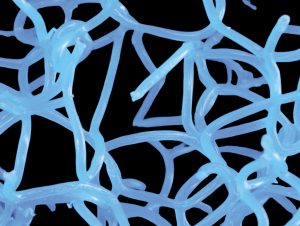
UV to Control Algae
Algae Control – No more green water UV-Clarifiers kill 99% of single cell floating algae (green water) as well as a small percentage of disease organisms.

Algae Control – No more green water UV-Clarifiers kill 99% of single cell floating algae (green water) as well as a small percentage of disease organisms.

Proper Use of Matala Matala® is very versatile. Matalas characteristics lend it to many applications. Pictured to the right is a Small pre-filter Most peoples

Bio-filters are full of live micro-organisms. Filter media are the bearers of this life. Over-zealous cleansing or purifying the filter media will unbalance the filter

Three Stages of Pond Filtration The filter is of key importance in keeping your Koi pond water crystal-clear and free of chemical pollutants. Our line

How Much Matala Will You Need? The amount of Matala® needed will vary with each pond and design. Some filters are too small for the